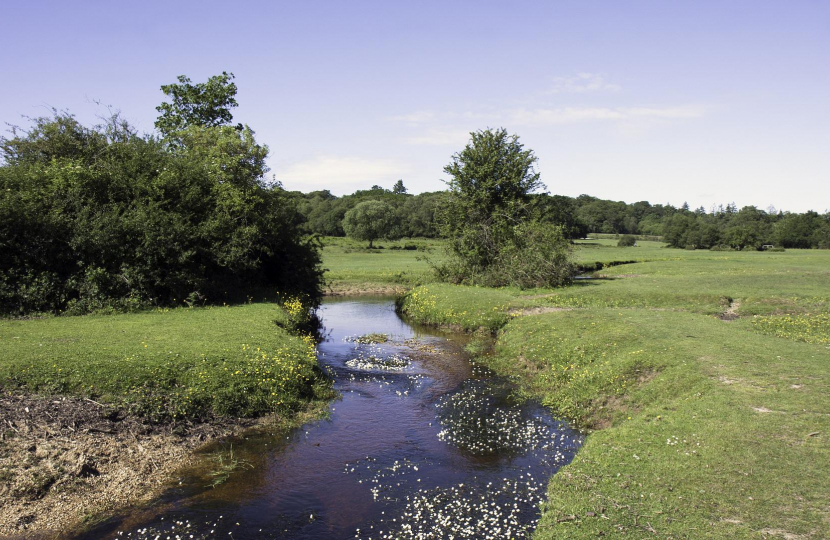
The Victorians introduced storm overflows as a safety valve for combined sewage systems. They discharge excess sewage and rainwater to rivers, lakes, or the sea when the sewer system is under strain. This protects properties from flooding and prevents sewage backing up into streets and homes during heavy storms. Those arguing that discharges should simply 'stop', need to recognise what this would entail for their carpets.
But clearly we have a very major problem. Due to changing weather patterns and population growth, and a long-term failure to grow the sewage infrastructure to meet the growing demand, water companies use discharges far too often. The amount of sewage going into our rivers - as I have said repeatedly in the Commons - is simply unacceptable.
I am pleased that today the Government has announced the largest ever infrastructure programme to tackle sewage pollution. The Storm Overflows Discharge Reduction Plan will revolutionise how water companies tackle the number of discharges of untreated sewage, which the Government and public have made clear are completely unacceptable.
It will focus on three main areas:
- Eliminate ecological harm caused by discharges
- Protect and enhance bathing waters
- Place strict limits on discharges with continued and improved monitoring
This is a huge undertaking for the water industry and has been designed to balance the costs to the bill payer alongside the deliverability of a project on this scale. It will prioritise the worst affected areas, meaning tangible improvements will be expected quickly.
The Government has been clear that companies cannot profit from environmental damage, and I voted for measures in the Environment Act to give more powers to Ofwat, the water company regulator, to enforce good practice. Ofwat is now consulting on measures that would ensure that water companies are transparent about how executive pay and dividends align to the delivery of services to customers, including environmental performance.
For those suggesting renationalisation, it is worth remembering how bad things really were 35 years ago, before the water companies were privatised. After decades of underinvestment from successive Governments (peaking at around £2bn/year), water quality was poor, our rivers were polluted, and our beaches were covered in sewage (just 28% of bathing waters were classed as excellent). We were known, rightly, as the dirty man of Europe. Since then, we have seen over £170bn invested in our water and sewage networks. This has meant we all have access to clean and healthy drinking water, rivers that had been biologically dead since the industrial revolution are now the ecological arteries of our country, over 70% of our bathing waters are now classed as excellent and 24% as good, leakage has been reduced by two thirds, and our bills have remained broadly the same for the past 20 years (this includes taking inflation into account) and are around £120 less than they would have been without privatisation and regulation. Compared to 1995, there is 60% less phosphate, 70% less ammonia; 50% less cadmium and mercury and significantly lower levels of copper and lead in wastewater.
All that said, I am not wedded to a model of privatised water companies on the present system, and I think we need to continue to review the economic basis of the water industry to ensure that consumers and the environment, not remote shareholders, are the principal concern of company directors.
You can find my previous posts on sewage discharges here and here.





